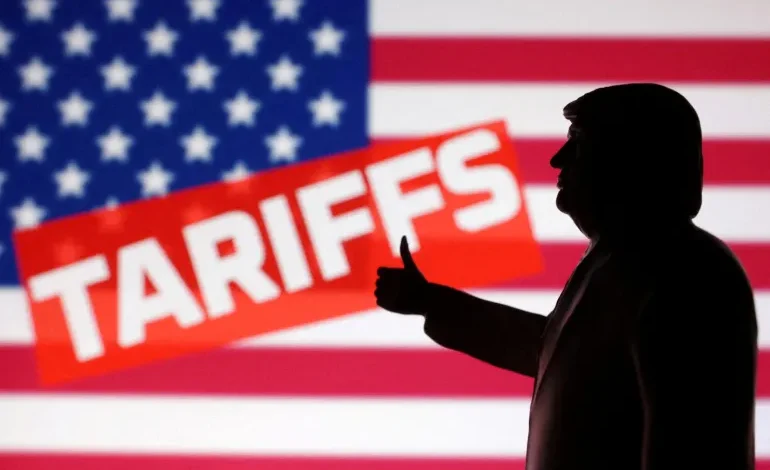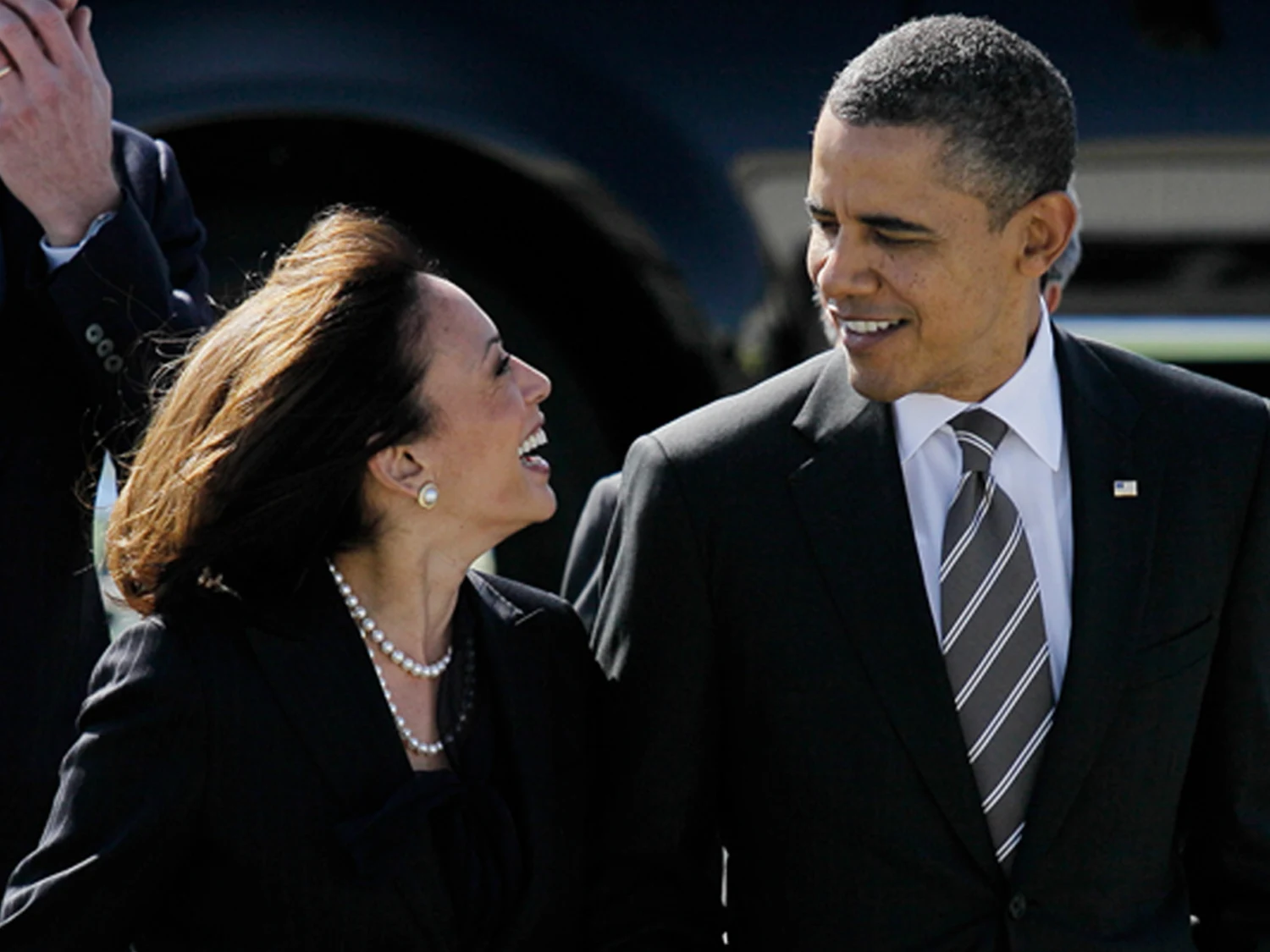Tariffs, a key tool of trade policy, are starting to show tangible effects on consumer prices, according to a growing number of surveys and business anecdotes, Axios reports.
While the inflationary consequences of tariffs haven’t fully surfaced in official data, early indicators suggest that higher import taxes are making their way into retail price tags.
At its core, the concept is straightforward: tariffs raise the cost of imported goods, and businesses often respond by passing those costs on to consumers. While economists have long agreed on this principle, the real-world impact of tariff hikes is now becoming more visible.
In recent months, tariff rates have increased rapidly. What was a 25% tariff has now grown to 50% in some sectors. Despite these increases not yet being reflected in overall inflation metrics, industry reports and firsthand accounts are piling up.
One such example is from the Institute for Supply Management’s latest report on the service sector. A transportation and warehousing firm noted that tariffs have increased their cost of doing business. The Federal Reserve’s Beige Book, which compiles business observations from around the country, described recent price increases as occurring at a “moderate pace.”
A particularly telling anecdote came from a clothing retailer in Boston, who told the Fed it was re-tagging inventory with higher prices this summer — a direct result of new tariffs. Photos shared by employees at major retailers like Walmart and Target also show specific products with noticeable price jumps.
According to a recent survey conducted by the New York Federal Reserve, about 75% of businesses said they are either fully or partially passing on tariff costs to consumers. Interestingly, some companies acknowledged raising prices on goods not directly impacted by tariffs, either to offset broader cost increases or because customers already expect prices to rise.
This behavior isn’t new. During the Trump administration’s first round of tariffs, prices for goods like clothes dryers increased even though those items weren’t directly affected — manufacturers saw an opportunity to adjust prices during a time of widespread cost expectations.
The Congressional Budget Office (CBO) projects that tariffs will add roughly 0.4 percentage points to inflation in 2025 and 2026. While that’s far less severe than the inflation surge of 2022 and 2023, it still reduces the purchasing power of households and businesses.
Some experts note that businesses might have a harder time raising prices now compared to the pandemic era. Back then, a tight labor market and pandemic stimulus gave households more financial flexibility. That cushion has largely eroded.
Claudia Sahm, a former Federal Reserve economist, wrote recently that without strong consumer demand, businesses may struggle to pass tariff-driven cost increases onto customers as easily as they did during the COVID-era inflation spike.
Despite concerns about higher prices, some proponents of tariffs — including those in President Trump’s administration — argue the long-term benefits justify the short-term costs. They point to goals like bringing manufacturing back to the US, reducing dependency on foreign suppliers, and creating more resilient supply chains.









